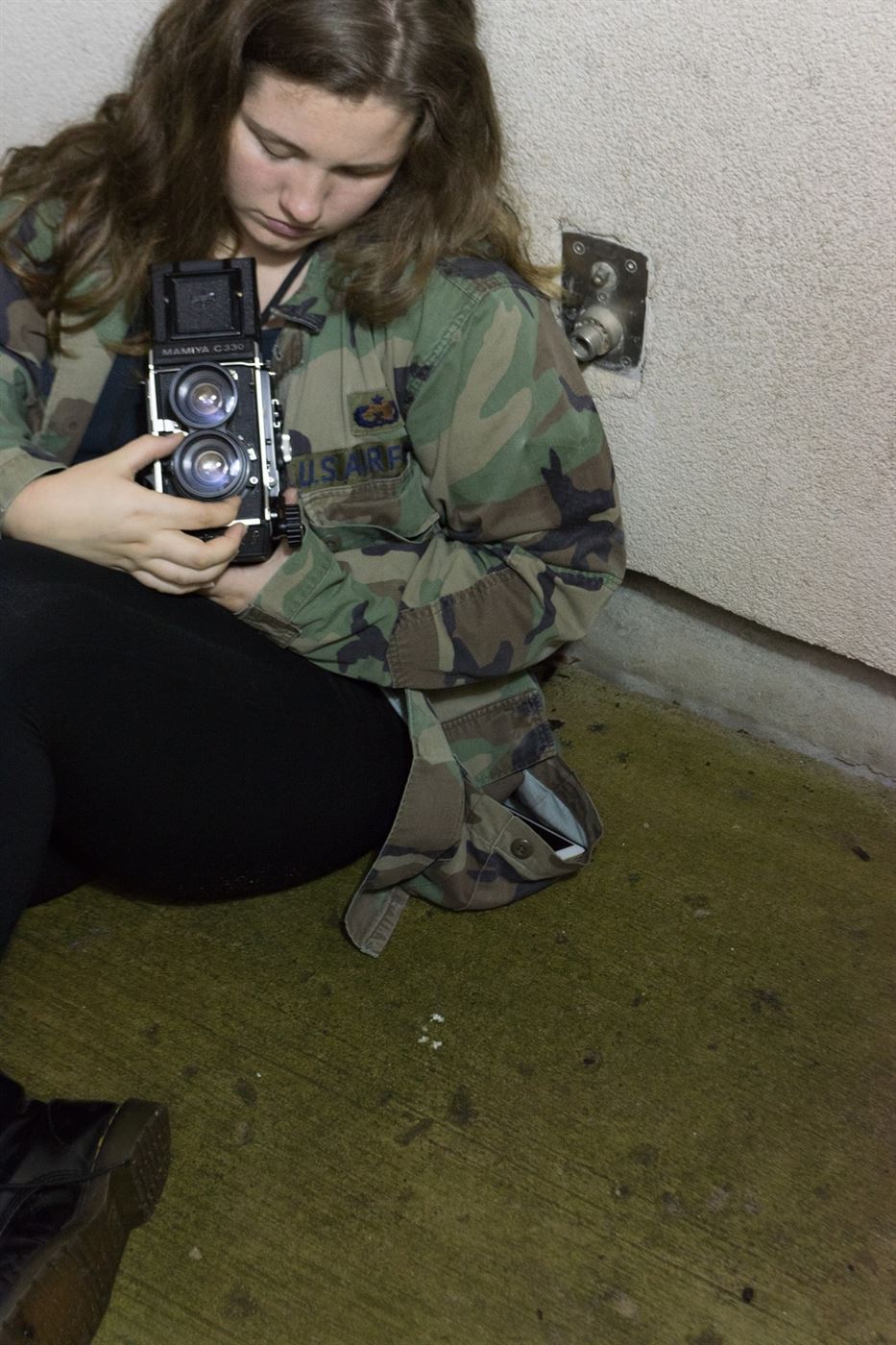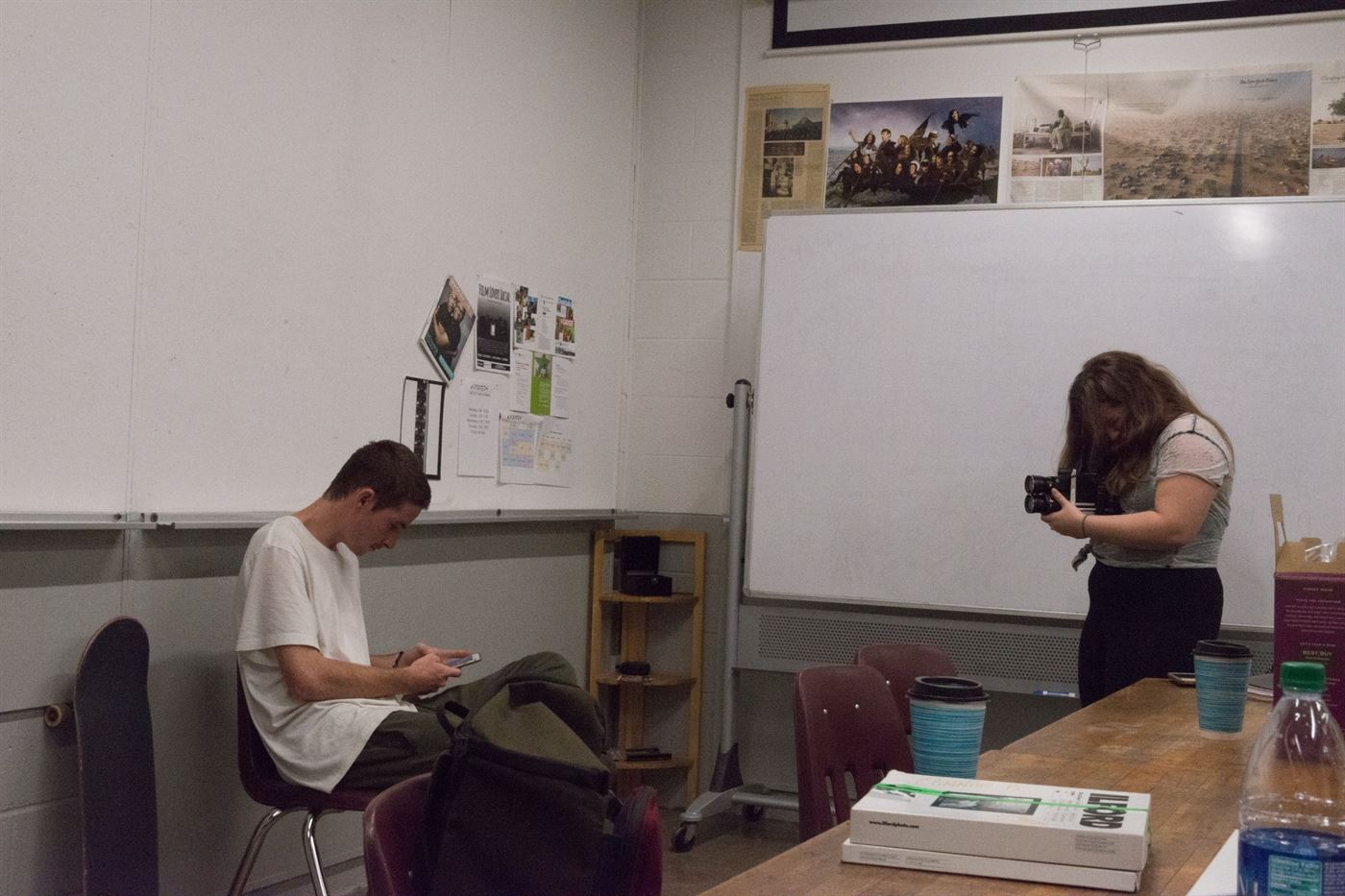
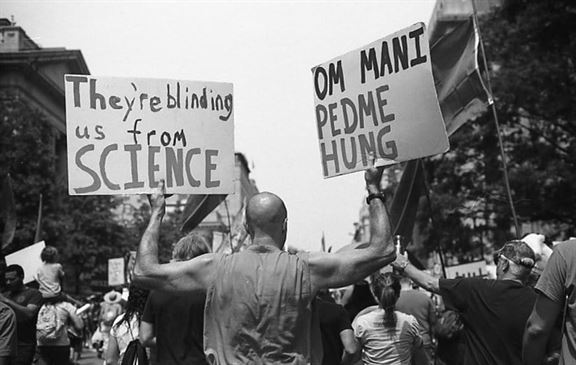
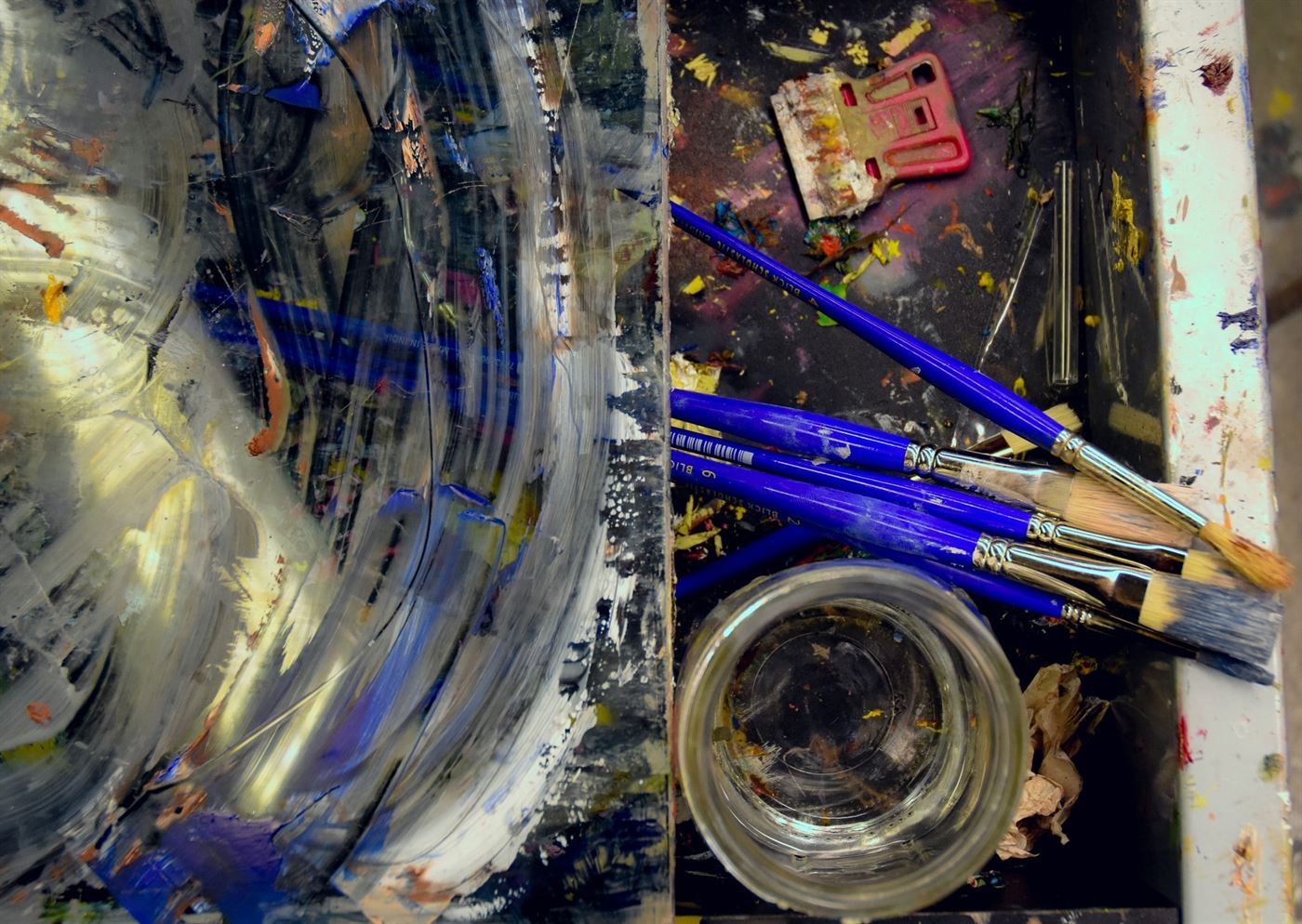
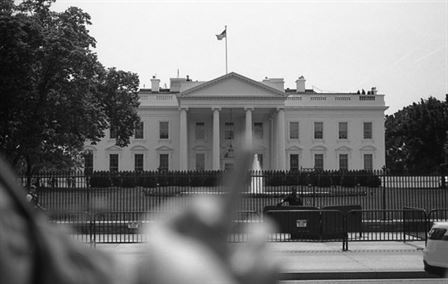
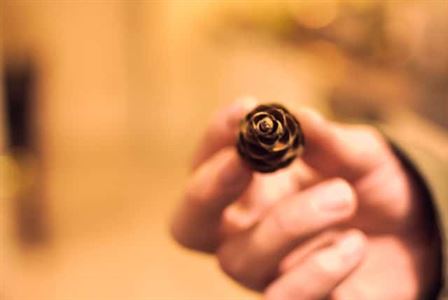
Senior marketing major Meredith Jacobs is a photographer at Montclair State University. When she’s not interning at the Laurence Miller Gallery in Manhattan, her work can often be seen displayed in Calcia Hall.
Q: How would you define yourself as an artist?
A: I would define myself as an artist trying to connect with people’s isolation and emotion.
Q: What prompted you to start taking photos?
A: Mainly Instagram because a lot of my friends would ask me to take their photos. People would tell me I was very good at it, so I decided to actually go for it.
Q: What experiences have you had with photography?
A: A lot of experiences. I mainly photograph people. I get to see people’s confidence come out and their insecurities. I get to show them how beautiful they are. I get to have really intimate, close conversations I wouldn’t have otherwise. I also get to understand the power of image and how powerful an image can be.
Q: What have you learned from being a photographer?
A: That everybody responds to a photo. That image is powerful and very prevalent in our society. We trust a photo, but a photo can also be a lie with editing and angles. You can edit a photograph to just contain what someone wants you to see. I’ve realized that an image is very powerful, but if there’s not something to back it up, it quickly loses meaning.
Q: What is a piece that you are particularly proud of?
A: There is this huge photogram that I made. It is life-sized, 6 feet tall and takes up most of a wall. It represents a person with anxiety and how the world reacts with them. I’ll be doing a whole show on those types of photos on March 18 in Calcia Hall.
Q: How has Montclair State fostered you as an artist?
A: It has fostered me with amazing professors like Klaus Schnitzer and Stacy Morrison who have really helped me develop who I am as an artist. They have encouraged me and other students to get our hands dirty and be creative.
Q: What is your biggest motivation and who are your biggest supporters?
A: My biggest motivation is just taking the pictures themselves. I enjoy doing it. It is not a motivation like ‘Oh, I’m gonna do this today.’ It’s like ‘I’m gonna drink water today, but also take photos because that’s on an equal playing field for me.’ As for my biggest supporters, they are probably my teachers and my aunt. They have always supported me no matter what artistic direction I decide to go with.
Q: Do you feel your art has helped you grow as a person?
A: Yes, definitely. There are certain things that you come across as an artist, barriers and biases that you have to break. There’s certain types of people that you want to photograph because there’s a certain ideal beauty standard, and then you realize ‘Oh wait, everyday people are beautiful.’ You stop looking at what is fed to us through our media consumption and start to look at the world around you as is.
Q: Are there any artists that inspire you?
A: Hundreds. I find a lot of the photographers in the photography department [at Montclair State] inspiring. I would have to say my biggest influences are Aaron Siskind and Larry Burrows. I also love a lot of painters [including] Modigliani and Henri Matisse.
Q: What is it like to intern at a photo gallery in Manhattan?
A: Interning at a photo gallery is very interesting. I get to do something new every day. One day I’ll be researching people, artists and curators that are in the New York art scene. Another day, I’ll be pulling out certain images that are going to be sent to Paris. I curate shows, hang pictures, send out press releases. I’ll be calling galleries across the country to verify certain pictures and certain prints we’re publishing or calling for different information on the artist. Sometimes I’ll be talking to the artist and if they’re not happy about a certain thing I’ll be able to correct it. I get to do a lot and learn even more.
Q: What do you see yourself doing post graduation?
A: I see myself working in the New York art scene, possibly as an assistant to an art director or an assistant in a gallery, while pursuing my own photography career.
Q: What do you want to be known for?
A. I would want to be known as an evocative artist that captures human emotion and spirit. My recent concentration has been on anxiety and mental illness and the isolation that comes from it. My work has been on those moments where you get out of your mental illness and are able to connect with the world around you again. Those moments for me have always been really powerful, influential and have been the most creative moments for me.

